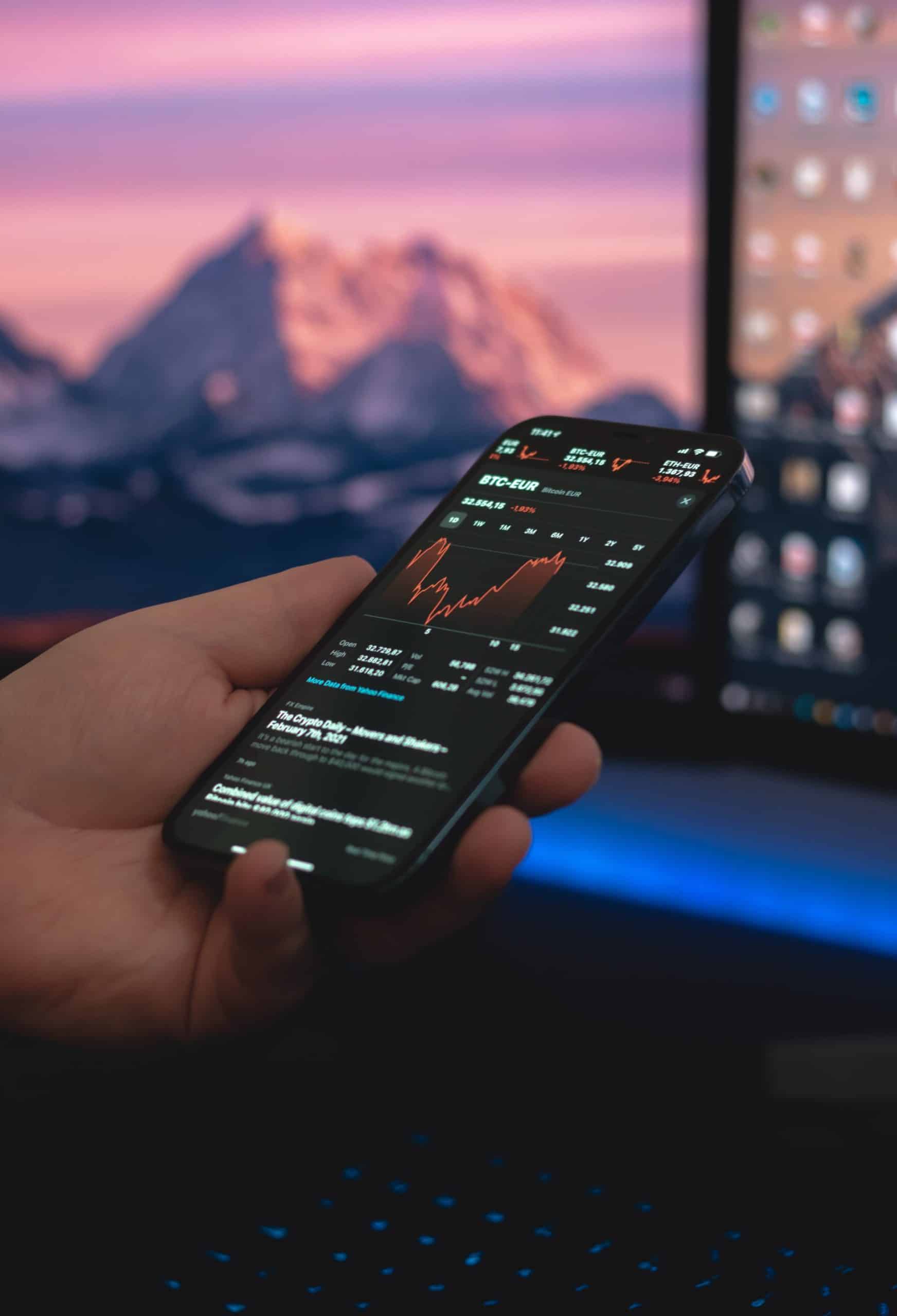Digital assets trading, better known as crypto trading, is a relatively new market compared to traditional markets that have existed for many years. The market was born less than ten years ago after the introduction of Bitcoin, the first peer-to-peer decentralized currency. Today the market is valued at over $2.7 trillion, with new digital assets launched each day and more investors/traders joining the space.
There is growing consensus that crypto is the future, and for this reason, even institutional investors that have been skeptical in the past are warming up to digital assets. Another alluring effect of this market is the unmatched ROI investors have realized within a short period of entering this market. For example, if you had bought Bitcoin 8 years ago, your money would have grown by 93000% today. You will struggle to see such returns on traditional market assets.
Priced at over $60,000, BTC might be too expensive for the average person to access, but that doesn’t mean these individuals can’t enter the crypto market and make the most of the opportunities the space offers. One way to turn a few dollars into thousands and even millions is through trading.
IMAGE: UNSPLASH
Digital assets are highly volatile, which is a blessing in disguise. While this volatility might trouble those seeking a stable store of wealth, there are plenty of opportunities to profit at all times for the speculators. Today, many platforms allow individuals to trade digital assets either on the spot or using leverage with high profitability.
However, there are factors you need to consider if you are to increase your chances of success. For example, taking time to learn the craft and choosing a secure platform that offers access to the asset of your choice. A great platform will feature an excellent trading interface. There are plenty of examples here, such as the Margex trading interface, which is designed with simplicity to cater to the needs of new as well as experienced traders.
Let us explore a few factors you need to consider before venturing into digital asset trading.
Determining If Trading Is For You
There are two types of trading you should be aware of; long-term and short-term trading. Long-term involves buying and holding digital assets over long periods such as weeks, months, and even years. It’s more like long-term investing, and there isn’t much required other than identifying a quality token buying it, and waiting for the price to appreciate to a point you feel comfortable selling.
As for short-term trading, it involves taking advantage of short-term price swings by creating and executing a trading strategy. It is more active, stressful, and risky compared to long-term trading. However, it offers faster and potentially larger returns if you get it right since you can profit as the token price rises or falls.
Creating A Trading Plan
The difference between gambling and trading is having a solid plan. Below are three steps you can follow to create your trading plan.
Look For Patterns
The purpose of reading charts and creating trading plans is to identify patterns from previous price movements and then use them to predict future movements. Some trading terms are common in different markets, such as support and resistance. Identifying support and resistance areas on a chart helps give you an idea of the trading range of a given asset at a given time. Also, there are dynamic support and resistance that can be used to identify potential areas of entry.
Creating A Plan And Sticking To It
Part of your plan involves identifying an area where to take profits and set the stop loss. Also, having proper risk management will save you from draining your trading account and help you build it. Some traders will be ok with taking trades with a 2:1 risk-reward ratio. Also, ensure you don’t place a single trade with more than 3% of your trading account. Some experts will advise you not to use more than 1% of your trading account at any given trade.
This keeps your losses minimal and guarantees you won’t have panic attacks at night as you sleep if things don’t go your way. Also, identifying when to enter and exit the market is part of a solid trading plan. Your expertise will grow with practice, and you can incorporate various indicators to develop sophisticated trading plans over time.
Experimentation
It is good to test your trading theories before you put real money on them. This can be done through paper trading or backtesting. Most trading platforms will offer you the chance to experiment with both features. Paper trading involves using “virtual money” provided by the platform to trade markets under real conditions. On the other hand, backtesting involves employing a trading strategy over historical data to identify how it would have performed.
The final part involves identifying a platform that is suitable for you. It has to offer the assets you would like to trade, be user-friendly, highly secure, and accessible from your location.
IMAGE: UNSPLASH
If you are interested in even more business-related articles and information from us here at Bit Rebels, then we have a lot to choose from.


COMMENTS